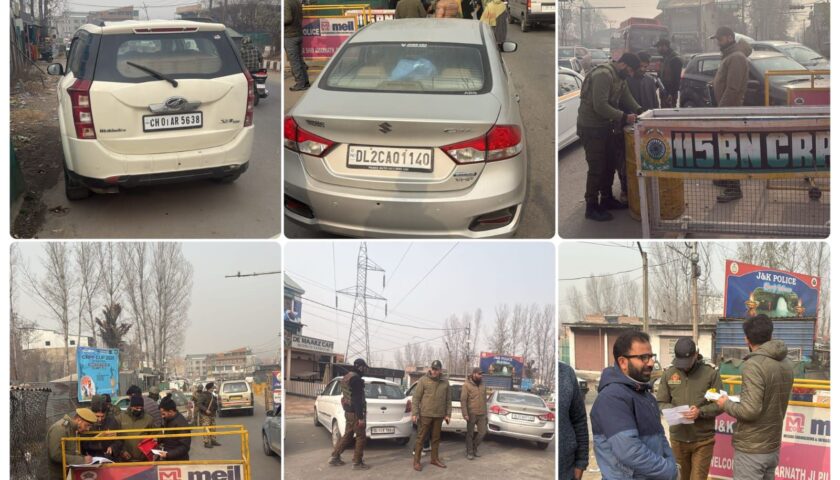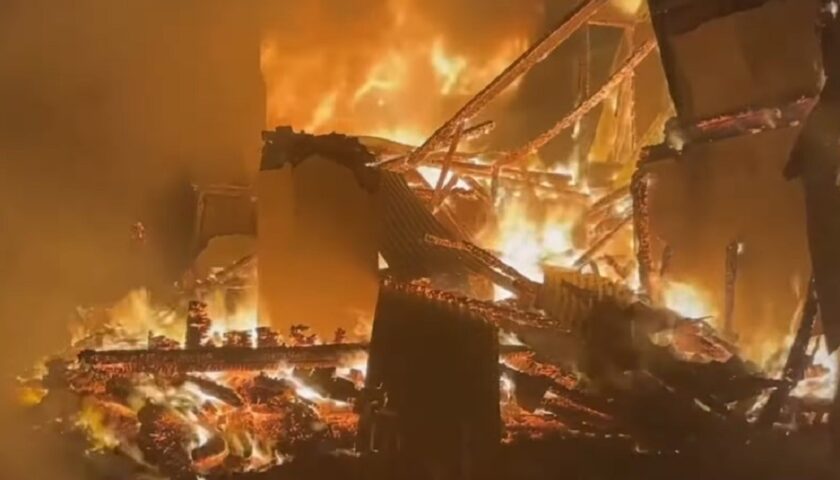A Quiet Social Earthquake
By: Javid Amin | 25 Aug 2025
For centuries, Kashmir has been celebrated as the land of romance and poetry, a valley where love stories were woven into songs, folklore, and traditions. But beneath the snow-capped mountains and the flowing Jhelum, a quiet social earthquake is reshaping the intimate lives of its people.
Marriages—the foundation of Kashmiri society—are collapsing at a rate never seen before.
In courts across Srinagar, Baramulla, Pulwama, and Anantnag, judges now deal with 3–5 divorce cases every single day. Lawyers confirm that this is not a passing phase but a rising trend. Ten years ago, divorce was rare, whispered about in shame; today, it has become an everyday reality.
This surge is more than a legal statistic—it is a mirror of Kashmir’s shifting values, emotional needs, and gender dynamics. What was once taboo has now become a symbol of choice, agency, and changing definitions of marriage itself.
So, why are marriages breaking apart? And what does this tell us about modern Kashmiri society in 2025?
The Numbers Behind the Crisis
Divorce was once almost unheard of in Kashmir. In the early 2000s, many family courts would record barely 50–60 divorce petitions annually. Today, that number has multiplied by nearly 300–400% in urban centers.
-
Srinagar: Court clerks confirm an average of 3 divorce cases daily, often filed by women.
-
Baramulla & Pulwama: Together, these districts see close to 100 divorce petitions every month.
-
Rural Areas: Many separations never reach courtrooms. Instead, they are settled quietly by community elders, religious clerics, or village councils.
This surge is not confined to cities. While urban centers see more legal divorces, rural Kashmir experiences silent separations where couples live apart without formal paperwork.
The trend is undeniable—Kashmiri marriages are crumbling faster than ever before.
Why Are Marriages Collapsing in Kashmir?
1. Emotional Neglect – The Invisible Wound
Unlike other regions where physical violence dominates divorce petitions, in Kashmir, a surprising number of women cite emotional neglect.
-
Many wives say their husbands provide financially but fail to offer emotional support, companionship, or recognition.
-
One woman from Srinagar said:
“I was never beaten, but I was never seen either. I was living in the same house, but as a stranger.”
In a society where women are now more educated and emotionally aware, loneliness within marriage has become unbearable.
2. Extended Family Pressures – The Burden of Joint Living
The joint family system—once Kashmir’s pride—is now proving to be a double-edged sword.
-
Many newlywed women are expected to serve in-laws endlessly, from cooking for 15+ family members to caring for elderly parents.
-
Freedom, privacy, and space are almost non-existent.
-
What elders call “tradition,” younger women call unpaid labor.
This clash between tradition and modern expectations is a breeding ground for resentment.
3. Infidelity & Distrust – The Hidden Trigger
Social media has opened new doors for relationships—but also new ways for marriages to collapse.
-
WhatsApp, Instagram, and Facebook chats have become evidence of extramarital affairs in courtrooms.
-
Lawyers say infidelity is now one of the top three reasons cited in petitions.
-
For many couples, betrayal—emotional or physical—is the breaking point.
4. Delayed Marriages & Mismatched Expectations
Marriage in Kashmir used to happen early, often in the early 20s. Today:
-
Economic instability, unemployment, and education delays have pushed marriages into the late 20s or even 30s.
-
By this age, people have stronger individual identities and lifestyles, making compromises harder.
-
Couples discover mismatched expectations about careers, children, and household roles.
The result? Fragile marriages that collapse within the first few years.
5. Women’s Empowerment – Choosing Dignity Over Endurance
Perhaps the biggest driver of Kashmir’s marital crisis is women’s empowerment.
-
Literacy among women in Kashmir has risen significantly in the last 20 years.
-
More women now work in education, healthcare, media, business, and IT sectors.
-
With rising financial independence comes courage—the courage to leave unhappy marriages.
Divorce is no longer just an escape; for many women, it is a declaration of dignity.
A Cultural Shift in Real Time
Not long ago, divorce in Kashmir meant lifelong stigma. Families hid it, communities whispered, and women bore the shame. But today:
-
Many families support divorced daughters rather than disown them.
-
Social media influencers openly discuss divorce as a second chance at life.
-
Religious scholars, too, have begun speaking of divorce as a legitimate choice allowed in Islam, not a disgrace.
This is a cultural revolution in slow motion—a society learning to see divorce not as failure, but as freedom.
The Human Cost – Children & Families
Divorce does not only affect couples. The ripples spread wider.
-
Children of Divorce: Some children suffer confusion, anxiety, and insecurity. Others thrive, saying they prefer two happy parents apart than two miserable parents together.
-
Parents of Divorced Children: Elderly parents often face humiliation within society, though attitudes are changing.
-
Community Pressure: While stigma is easing in cities, in villages, a divorced woman is still often seen as “damaged goods.”
The human cost is high, but so is the resilience of families learning to adapt.
Global Parallels – Kashmir Joins the World
Kashmir is not alone. Across the globe, divorce rates rose during times of:
-
Economic instability
-
Women’s empowerment movements
-
Urbanization and modernization
In the U.S. & Europe, divorce surged in the 1970s and 80s.
In India, metropolitan cities like Delhi and Mumbai saw a similar rise in the 2000s.
Now, Kashmir is catching up. Its divorce surge is not an anomaly—it is part of a global trend where traditional marriages struggle to survive modern realities.
Can Marriages Be Saved? – The Way Forward
While many marriages are collapsing, solutions do exist. Experts suggest:
-
Premarital Counseling – Help couples align expectations before marriage.
-
Mental Health Services – Introduce couple therapy and stress management programs.
-
Legal Reforms – Simplify divorce processes while ensuring fair settlements.
-
Community Education – Teach families that marriage is partnership, not servitude.
-
Work-Life Balance – Address economic challenges to reduce family stress.
Voices from the Valley
-
Zahra (28, Srinagar):
“I was told divorce is shameful. But shame is living unseen.” -
Adil (34, Baramulla):
“We married for love, but our families turned it into war.” -
Nadia (31, Pulwama):
“I left because betrayal was harder to live with than loneliness.”
These are not isolated voices—they represent thousands of silent struggles across the Valley.
Bottom-Line: From Crisis to Awakening
The Kashmir divorce crisis of 2025 is both a tragedy and an awakening.
Yes, marriages are collapsing at alarming rates. But this is not just about broken families—it is about a society learning to evolve.
-
Women are refusing to suffer in silence.
-
Men are being forced to rethink what partnership means.
-
Families are slowly recognizing that divorce is not the end, but sometimes a necessary new beginning.
As Kashmir stands at the crossroads of tradition and modernity, its people are rewriting the story of love, marriage, and freedom.
Perhaps, in this evolution, lies the chance to build not fewer marriages, but better marriages—ones rooted in respect, equality, and emotional partnership.




